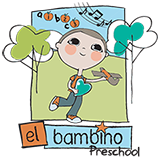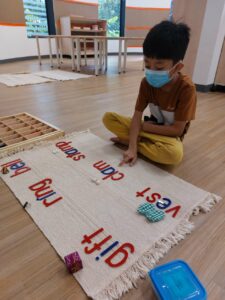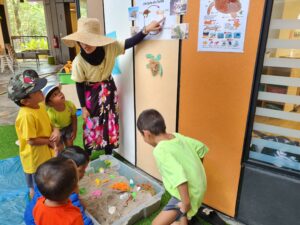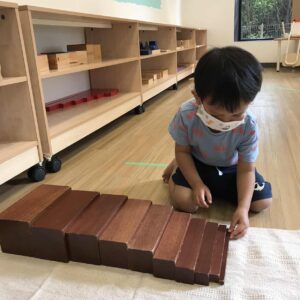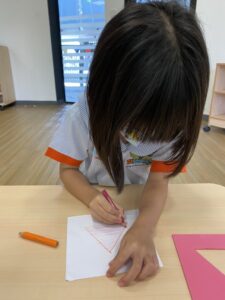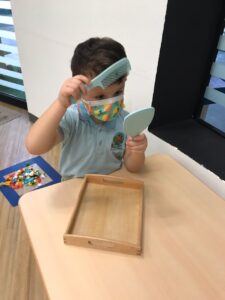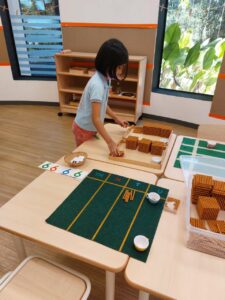What is
Montessori
Montessori is a system of education for young children that seeks to develop natural interests and activities rather than the use of formal teaching methods. Developed around 1909 – 1915, the Montessori education system has proven to be an effective and reliable method that is popular throughout the world.
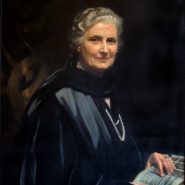
Dr. Maria Montessori
Founder of the Montessori system, was an Italian physician and educator. She discovered that experimental learning (using things from around the environment) led to a better and deeper experience compared to formal education systems. She believed that children can learn through their own experience and at their own pace, responding at any moment to the natural curiosities that exist in all humans. By encouraging a child to tap into their desire to explore and discover, they are therefore able to build a solid foundation for life-long learning. As a result, Maria Montessori concluded that children had the power to educate themselves when placed in an environment where activities were designed to support their natural development.
Children will learn to complete a task from beginning to end, developing their will, self-discipline, the capacity of concentration and self-confidence. Example activities include watering plants, cleaning, self-care and many more.
The aim of Sensorial Education is for the child to develop clear, conscious, information and to be able to make classifications in their environment. This is achieved by going through all their senses, the sense of sight, touch, smell, sound and taste. The children are provided with unique learning materials that are designed specifically to foster sensorial development.
Our focus is to expose the child to a wide range of communicable skills, using a multi-sensory technique to enhance the learning process. A mixture of touch, visual and sound base activities that will help express their thoughts and ideas in the language department.
We aim to promote the child’s mathematical ability by emphasising the use of visuals and encouraging a hands-on approach in order to introduce abstract concepts. This helps the child to develop a sequential understanding of mathematical theory.
In a Montessori school, Social Studies is broken down into three categories: geography, history, and culture. We use multiple learning strategies to ensure each child effectively develops their understanding of themselves and their world so that they are prepared for the next step in their education.
We focus on the child freely expressing themselves through multiple art mediums. It is important to understand that a child views art differently, as they find joy in its process rather than the outcome. It is also through art that children develop their fine motor skills. We aim to provide open-ended art activities that will help your children to explore and enjoy the process of creating.
This is a preparation to the study of the world and how it came to be. It tells the story of the interconnectedness of all things and introduces the possibility that humanity might have a “cosmic task,” to better the world for future generations.
